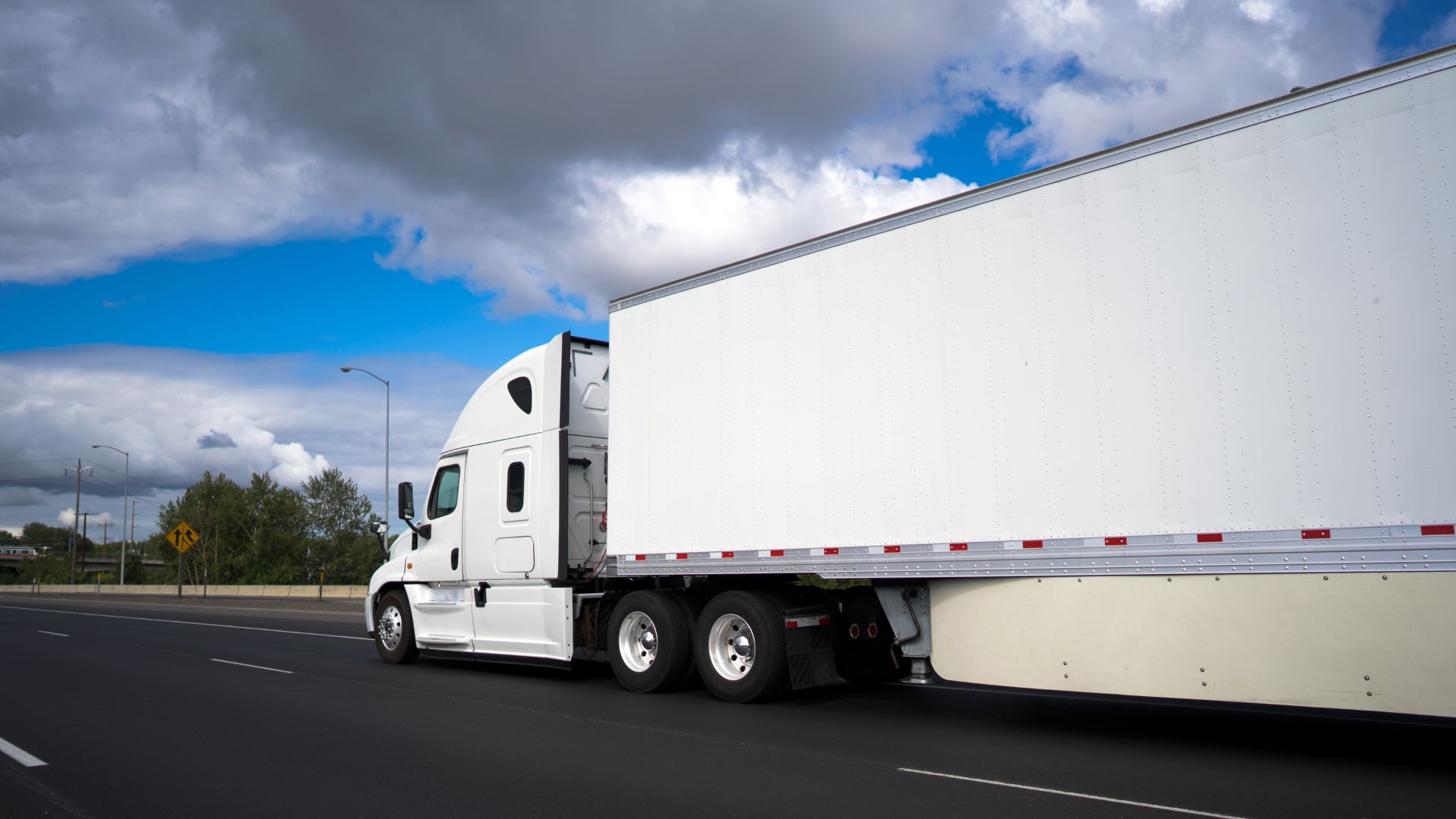TMS Implementation: Everything You Need to Know to Prepare

A transportation management system or TMS is a platform designed to help manage transportation companies and their fleets. Gone are the old ways of using pen and paper and manual filing systems. With this new technology, organizations can improve how their business runs both on-premise and on the road.
But how does one invest in TMS implementation? If you’re wondering how to prepare for a TMS implementation, there are a few key things to know ahead of time to ensure implementation is efficient and fast. Let’s take a look at some steps your company can take.
Have a Strategy and Business Use Case
To successfully implement a TMS platform, it is ideal to start about half a year before the implementation is needed. Every good software implementation should begin with a strong strategy. This strategy should take into account several different things, from the current inner workings of the company to major pain points to any and all data to support the use of a TMS platform.
The overall integration plan should be drafted with both supply chain and corporate IT involved. These two teams will be responsible for much of the implementation. Just as well, the main stakeholders and executives within the company should approve this plan, along with the potential use cases and general timeline towards implementation. When everyone is on board and agrees on the actual need, it becomes easier to determine which TMS platform is ideal for the company as a whole.
Consider this: Why exactly does your company need a TMS? Which departments are lagging behind? When considering feedback from your internal team and drivers, what does everyone generally agree should change? Consider the link between results and need. Not every business will benefit from the same type of TMS platform.
Select Your System and Overall Budget
Once a solid strategy and plan has been agreed upon by everyone involved, it’s time to determine a budget and start hunting for the ideal platform. Keep in mind that your sole focus should not be on products that seem to fit your overall business framework. Rather, you should be looking for vendors that fit your company. Using a TMS platform involves an ongoing partnership with a vendor, so it’s important that this relationship is a perfect fit from the beginning.
When it comes to discussing your needs with a vendor, approach the meeting with the goal of meeting your top three objectives. It also helps to research a bit about different TMS platforms to get an idea of what the average cost will be. TMS platforms, especially cloud-based platforms, are designed as Software as a Service (SaaS.) This means that instead of paying a flat fee, you’ll be paying a monthly pre-determined fee for the ongoing use of your chosen software. The cost for your software will depend on the features you select and how much the software is used. It depends significantly on the vendor you opt for. Determine the total cost of ownership and add a solid 30% of your budget to that cost for the initial implementation.
Make a Plan
A TMS platform that runs well will take around three months or so to implement outside of the time spent prospecting vendors and planning. If your strategy is drafted and your chosen implementation project is successful, there is a much bigger chance that your TMS will be implemented on time and within your determined budget without issue. Again, all of this depends on how well your teams work together towards the common goal.
While your legal team is working on communications with your vendor, take the time to create the perfect project plan. This will involve everything from procurement to purchasing to managing materials to planning everything that will be involved with the TMS itself. A TMS platform doesn’t just track your driver hours and organize your documents. It will involve your warehouse operations, accounting department, IT department, sales department, and more. This is going to be a massive project, so make sure you allot enough time for implementation.
Final Implementation
With your project planned and your legal team satisfied with the necessary licenses and agreements, it’s time to start the implementation process. Develop a steering committee and assign the best project managers you have to your management and IT teams. Your steering committee will be responsible for helping the leadership teams become familiar with the software within different areas of their respective supply chain. This group will manage and take responsibility for risks that might occur during the implementation process. They will help all levels of your staff to be accountable for training and learning about how to use the platform. It would also be wise to have this committee meet on a monthly or weekly basis to make sure all the key timeline points are met within the project plan.
Your management and IT departments should have ample resources available for training purposes. Implementing a TMS successfully depends on your staff’s ability to learn how to use the software quickly and correctly. This training process doesn’t have to be extremely technical, even for your IT team. However, it’s vital that everyone who will be using the platform clearly understands how to use it on a daily basis. For the first year of implementation, have your staff track their tasks within the TMS and keep a strong eye on how well they are adapting.
It’s also smart to keep in mind that you might go over your budget and be late on some of your implementation goals. This is simply the nature of bringing an entirely new system into your business. Be proactive and patient.
Read our TMS Buyer's Guide
Navigate the TMS software landscape with our comprehensive buyer's guide - find the perfect platform for your trucking business today.

Latest From the Blog
Our Insights on Tech, Industry Trends, and News.

How To Use Data to Improve Fleet Operations

Why Should You Invest in Route Optimization Software?

